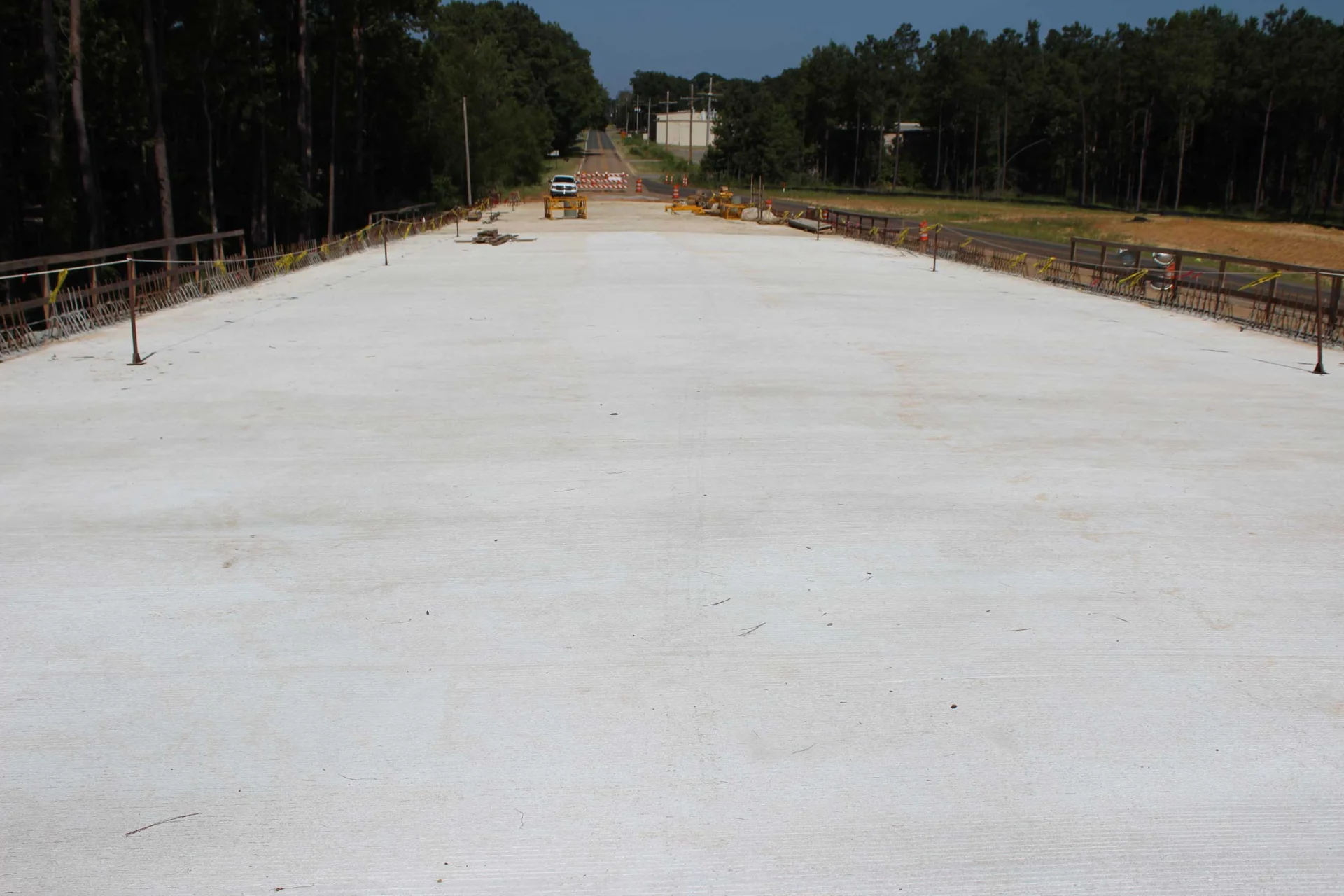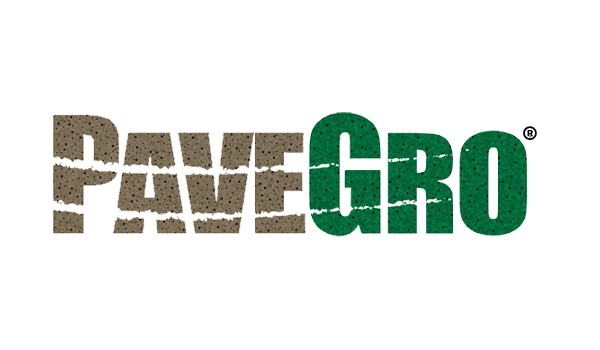State DOTs See Benefits in Internally Cured Bridge Decks
State DOTs See Benefits in Internally Cured Bridge Decks
Faced with the challenge of maintaining aging infrastructure while optimizing taxpayer dollars, state Departments of Transportation are turning to innovations like internally cured concrete to improve bridge deck durability. Worn surfaces not only inconvenience drivers but also lead to frequent, costly repairs. By integrating advanced materials and data-driven decision-making, DOTs are extending the lifespan of critical infrastructure, reducing environmental impact, and improving safety for the public.
Because bridge decks are exposed to weathering from both above and below, they are particularly susceptible to deterioration. Unsafe bridges, or those under repair, disrupt traffic flow and cause delays. Several state DOTs, including New Jersey, Indiana, Illinois, and Louisiana, have turned to internally cured concrete (ICC) for bridge decks, reaping significant benefits from this innovation.
Internally cured concrete incorporates pre-wetted lightweight aggregates (LWA) into the concrete mix. These aggregates provide internal moisture during curing, ensuring complete cement hydration. This process not only strengthens the concrete but also reduces stresses and strains that typically lead to cracking.
By balancing moisture levels throughout the slab, ICC reduces shrinkage cracks at the surface and minimizes curling and warping. This improvement in performance helps to prevent water and deicing salts from penetrating the concrete, significantly reducing steel reinforcement corrosion and extending the lifespan of bridge decks to over 75 years. Additionally, for jointed concrete slabs, reduced warping leads to smoother pavements and a more comfortable ride for drivers.
A Continued Mandate for Internal Curing
Since 2015, research into internally cured concrete (ICC) has consistently demonstrated its benefits in enhancing bridge deck durability. Early projects by the Louisiana Transportation Research Center (LTRC), such as those on US Route 80 and West Congress Street, showed a significant reduction in cracking compared to conventional concrete.
Tyson Rupnow, Ph.D., P.E., Associate Director of LTRC, commented:
Tyson Rupnow, Ph.D., P.E., Associate Director of LTRC, commented:
As a result of these early successes, the Lafayette Consolidated Government (LCG) now mandates ICC for bridge deck construction. This positive outcome has inspired broader adoption of ICC in other states, such as Indiana, Illinois, and New Jersey, which have integrated ICC under the Every Day Counts (EDC-7) initiative. Ongoing research continues to confirm ICC’s potential to extend the lifespan of bridge decks beyond 75 years, significantly reducing the need for maintenance and repairs.
Incremental Steps in the Midwest
Both Indiana and Illinois DOTs have continued their incremental approach to adopting internally cured concrete (ICC) for bridge decks. Though ICC is not yet mandated, both states have developed special provisions to guide mix design and placement, based on trial projects initiated in partnership with Purdue University.
Tony Zander, Area Engineer in INDOT’s Pavement Division, described their efforts:
As of 2024, both states have gathered substantial data, but additional research is still necessary to determine the most effective structure types for ICC. These trials are part of broader efforts under FHWA’s Every Day Counts (EDC-7) program, which encourages the adoption of innovative materials and methods to improve infrastructure resilience.
Expanding ICC Adoption in Illinois
The Illinois Department of Transportation (IDOT) began exploring ICC as a way to mitigate shrinkage-related cracking in bridge decks as early as 2010. James Krstulovich, Project Support Engineer, Illinois Department of Transportation, District 6, emphasized that ICC has proven to be an effective solution for reducing cracking.
As of 2024, four out of nine districts in Illinois have adopted these provisions, and two bridge projects using ICC have been completed successfully. Contractors and producers have reported no significant difficulties when using ICC, and feedback has been overwhelmingly positive.
“There’s virtually no difference between working with ICC and regular concrete for our teams,” Krstulovich said. “The benefits happen in the background, and our finishers don’t notice any major changes in their workflow.”
With results looking promising, Krstulovich anticipates that more districts will adopt ICC in the coming years, thanks to its proven benefits in reducing maintenance costs and extending bridge deck service life. Illinois is also participating in the FHWA’s Every Day Counts (EDC-7) program to further expand ICC usage.
Additional Case Studies
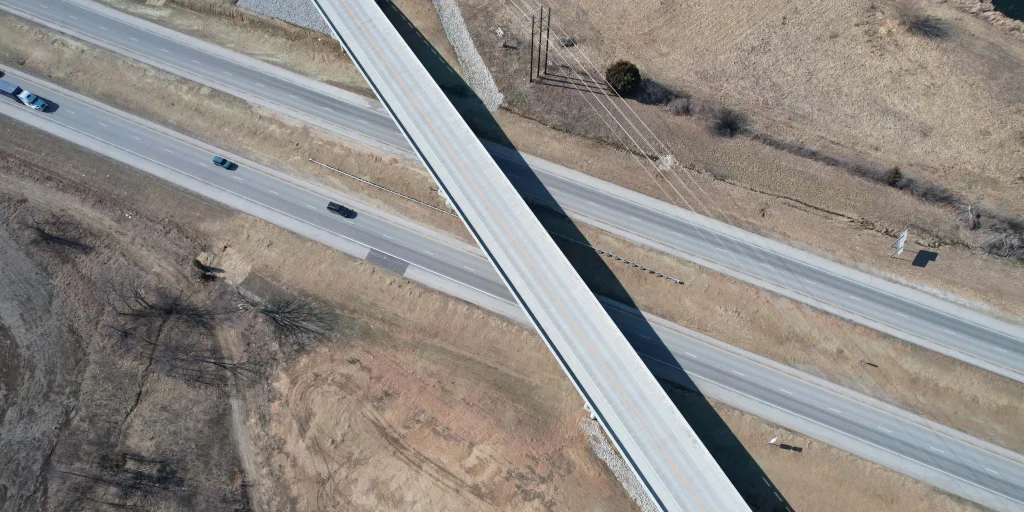
Kansas Department of Transportation (KDOT) Bridge Deck Study: Advancing the Use of Internal Curing
Since 2016, the Kansas Department of Transportation (KDOT), along with the University of Kansas (KU) and the State of Minnesota, has been studying the use of internal curing to improve bridge deck service life. Traditional concrete bridge decks, wit…
Read More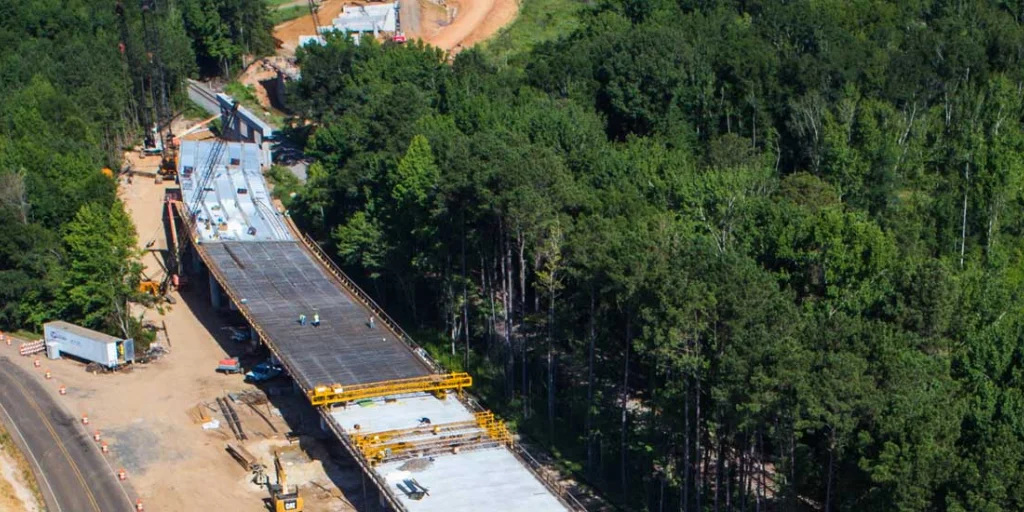
U.S. 80 Bridge: A Successful Early Test for ICC Bridge Decks
When the Louisiana Department of Transportation & Development (LADOTD) planned to build a bridge on U.S. 80 over the Kansas City Southern railroad, they chose to incorporate internally cured concrete (ICC) to improve durability and performance. As a…
Read More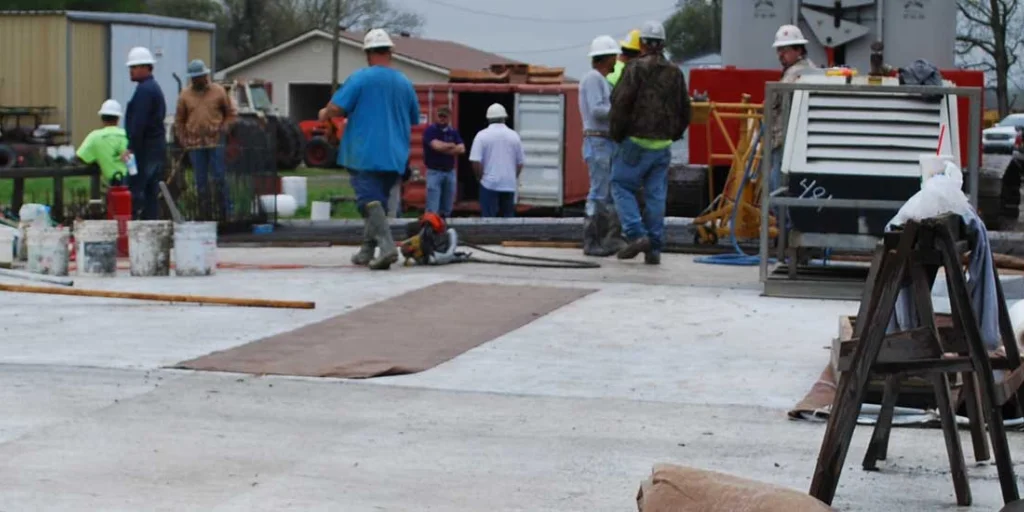
Internal Curing Concrete Proves Its Value in Reducing Cracking and Enhancing Durability for Louisiana Bridge Projects
From an engineering perspective, Mitch Wyble, P.E., City Engineer at Lafayette Consolidated Government, really likes what he sees when he discusses the value of internally cured concrete (ICC), a concrete mixture where a portion of the fine aggregat…
Read More






